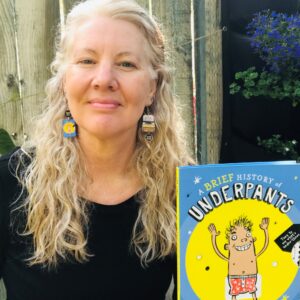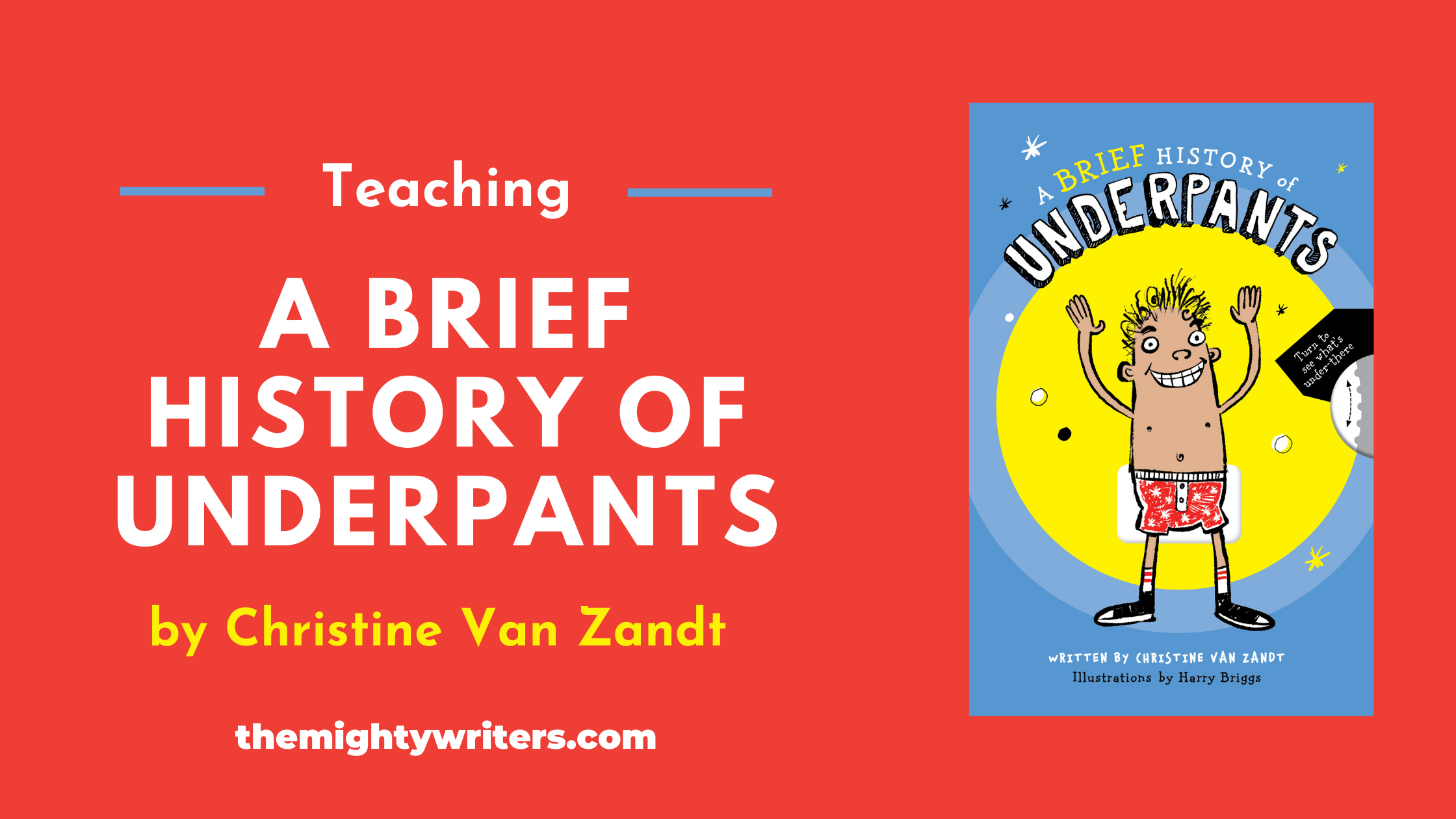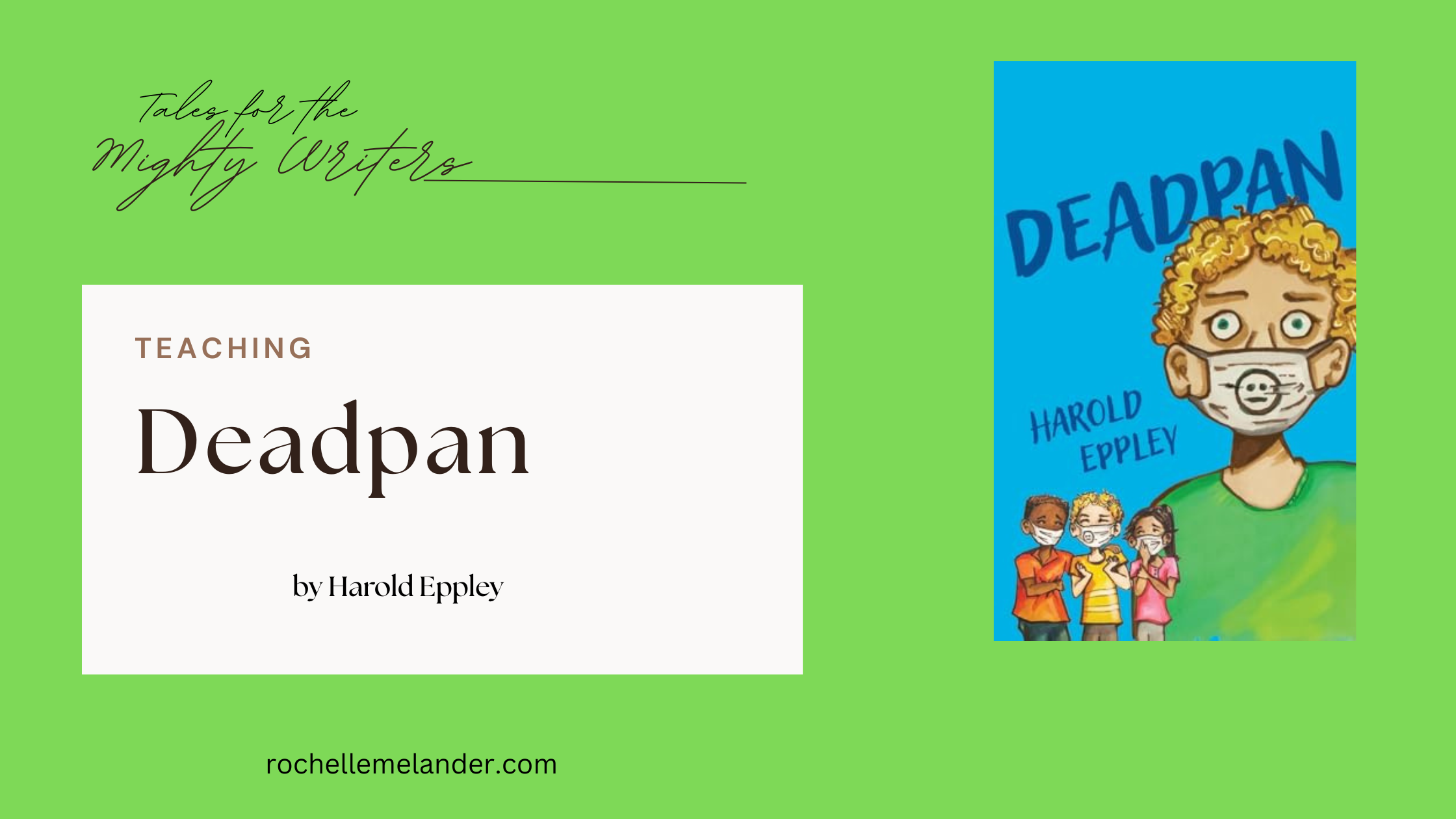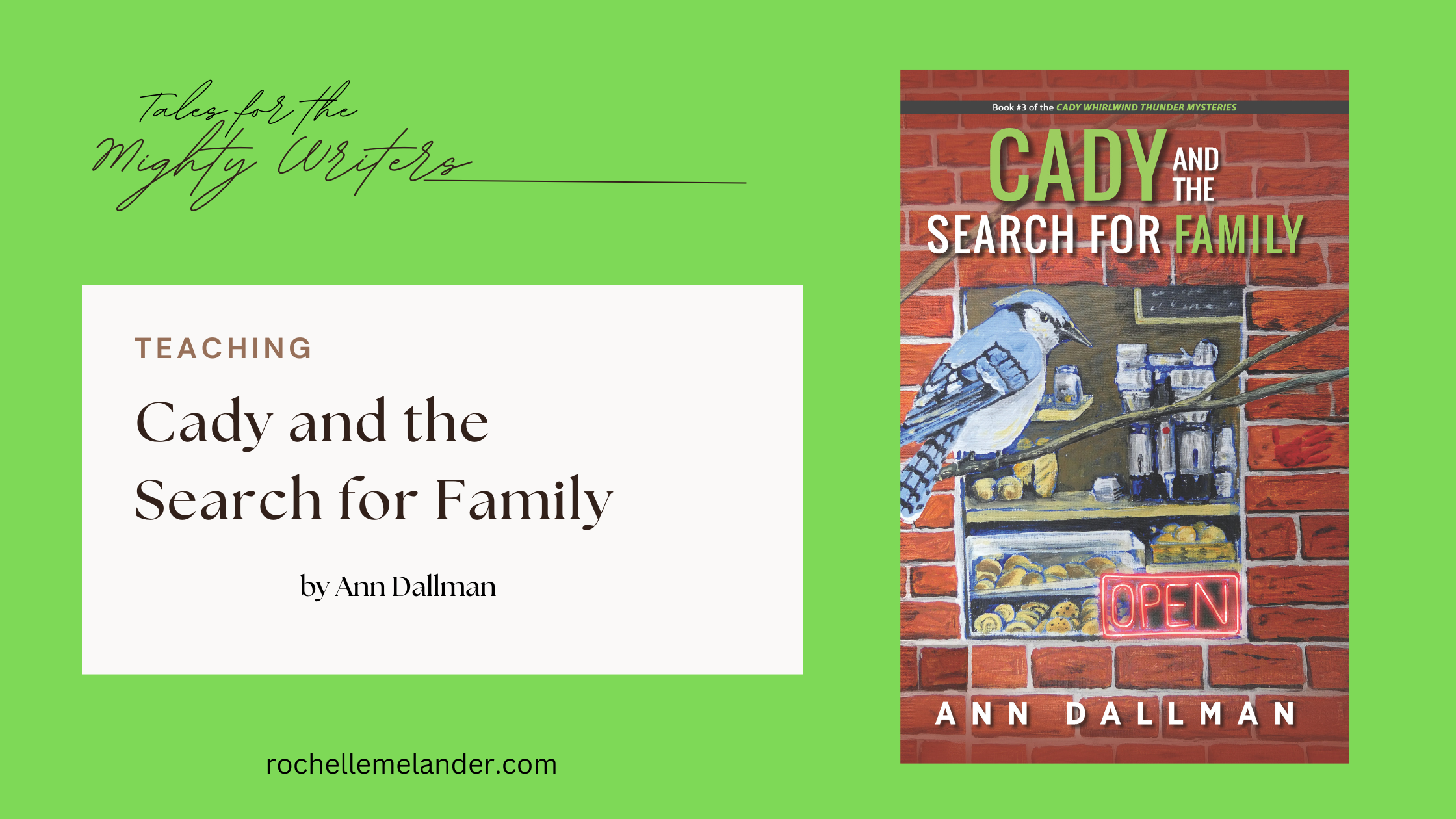A Note to Readers
Underpants. Say it in a crowd of kids, and they will erupt in giggles. No doubt they will adore Christine Van Zandt’s brand new book A Brief History of Underpants. I certainly do! Read on to learn about how you can use this book in your classroom.
Happy reading,
Rochelle
A Peek at the History Behind Underpants
A Brief History of Underpants is a funny, nonfiction picture book for grades TK-6. From the first fossilized undies until today, you’ll uncover facts from every continent. STEM information includes the Industrial Revolution, inventions, innovations, technological advances, and archaeology.
Readers will laugh while they learn. Throughout time, no matter where someone was in the world, we’ve had similar needs for protection. Underwear has also been used to show someone’s status or beliefs, and as a form of protest.
LESSON PLAN
The book is divided into four chapters.
Read each chapter with your class, then review the additional content for that chapter.
CHAPTER ONE – CRUSTY OLD BUNS
Multicultural
- Talk about how people from different places have had similar needs for protection and how they’ve used materials readily available to make underpants (page 6).
- Ask kids what they would use if they had to make their own underwear. What if they had to use only things found in nature?
STEAM = Archaeology
Talk about archaeologists, define what these scientists do if needed.
From Merriam-Webster, archaeology:
1: the scientific study of material remains (such as tools, pottery, jewelry, stone walls, and monuments) of past human life and activities
2: remains of the culture of a people
- Show how scientists discover and unearth fossilized underwear scraps just as they do dinosaur bones and fragments (page 7).
- Using the Ötzi the Iceman example (page 9), explain how scraps of his loincloth and boots were analyzed to determine what they were made from, then pieced back together in a reconstruction of how it was believed these items were worn.
CHAPTER TWO – UNDERPANTS AROUND THE WORLD
Discussion
- Underpants were part of a society’s cultural or spiritual beliefs. In Africa, loincloths were included in Egyptian King Tut’s burial chambers because they believed in the afterlife (pages 12 and 13).
- Underpants were used for as protection for common people as shown in Chapter One but they also protected warriors in battle (such as the Mongols or knights, pages 15-17).
- Underwear declared someone’s status or rank in society (Australia and New Zealand, pages 22 and 23).
- Underpants were even used as a form of political protest as demonstrated by Mahatma Gandhi when he chose traditional clothing to help India gain independence from British rule (page 25).
CHAPTER THREE – CHEEKY INVENTIONS
STEAM = The Industrial Revolution, inventions, innovations, technological advances
- Discuss how inventions such as the cotton gin and sewing machine (pages 30 and 31) creating huge advancements in clothing manufacturing, shifting consumers from making their own to buying them from stores.
- Beyond cotton, inventions included nylon and Lycra, and new easy-access styles such as the Y-front brief (pages 32 and 33).
CHAPTER FOUR – TUSHES TODAY WORLDWIDE
Environment
- Now that we have shifted to buying and throwing away our underpants, discuss how this impacts the planet. Use the space station example to show how getting rid of our garbage is problematic (pages 40 and 41).
- For example, cotton underpants will fully compost but ones made from today’s synthetic materials will not. Materials such as polyester, Lycra, and nylon are essentially made from plastics and become smaller and smaller microplastics. Instead of breaking down, these tiny pieces are released into the air and wastewater systems, polluting our rivers and oceans. Microplastics have become so prevalent they are now found all over the Earth, in animals, and even in our own bodies.
- For older grades, introduce the idea of “fast fashion” where clothing is bought at low prices, worn minimally, then thrown out.
- In conclusion, talk about how our choices can hurt or help sustain our planet and circle back around to how we are all in this together, with similar needs, and should pool our ideas and resources to make the best world possible.
 About the author. Christine Van Zandt hasn’t found fossilized underwear (yet!), but loves digging up ideas that make great books for kids such as her funny nonfiction picture book A Brief History of Underpants (becker&mayer! kids, 2021). She’s a literary editor and lives in Los Angeles, California, with her family and a monarch butterfly sanctuary. Find her online at christinevanzandt.com, Twitter, LinkedIn, Facebook, and Instagram.
About the author. Christine Van Zandt hasn’t found fossilized underwear (yet!), but loves digging up ideas that make great books for kids such as her funny nonfiction picture book A Brief History of Underpants (becker&mayer! kids, 2021). She’s a literary editor and lives in Los Angeles, California, with her family and a monarch butterfly sanctuary. Find her online at christinevanzandt.com, Twitter, LinkedIn, Facebook, and Instagram.





